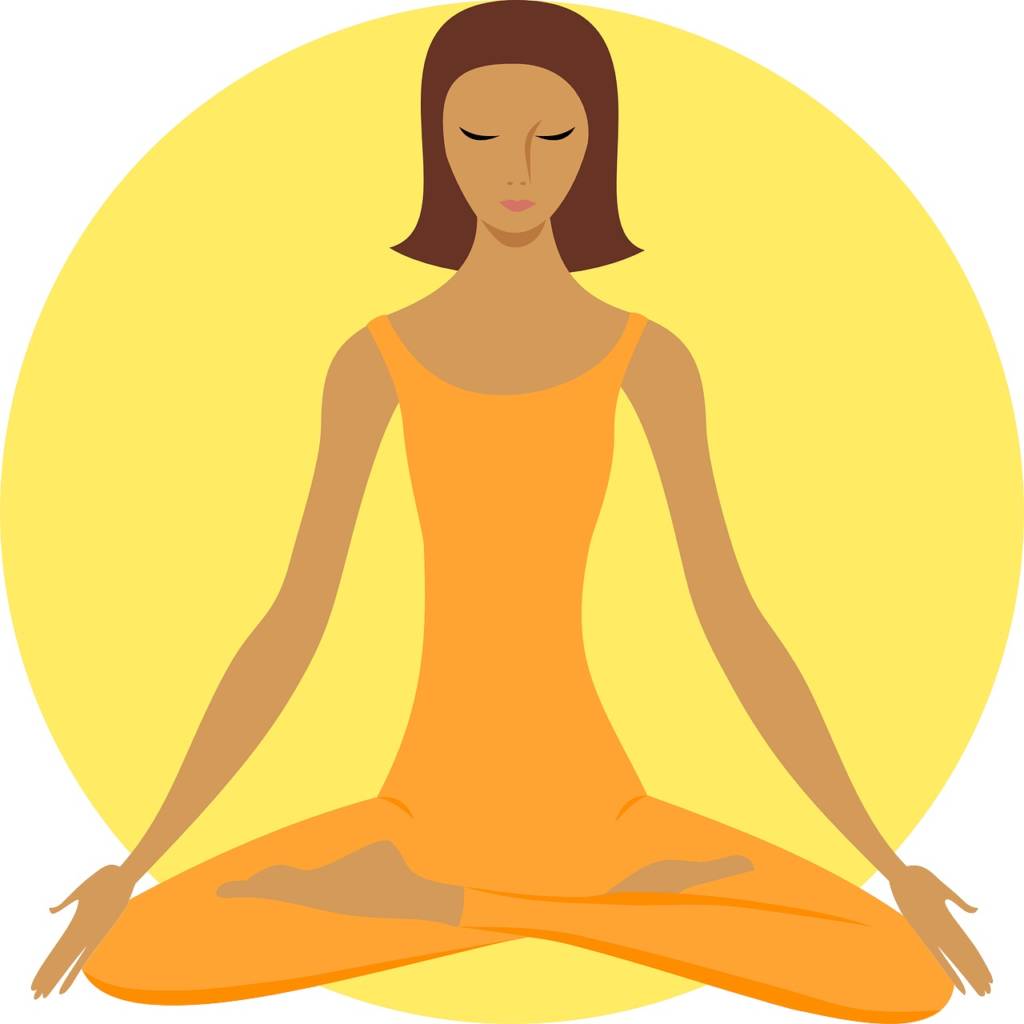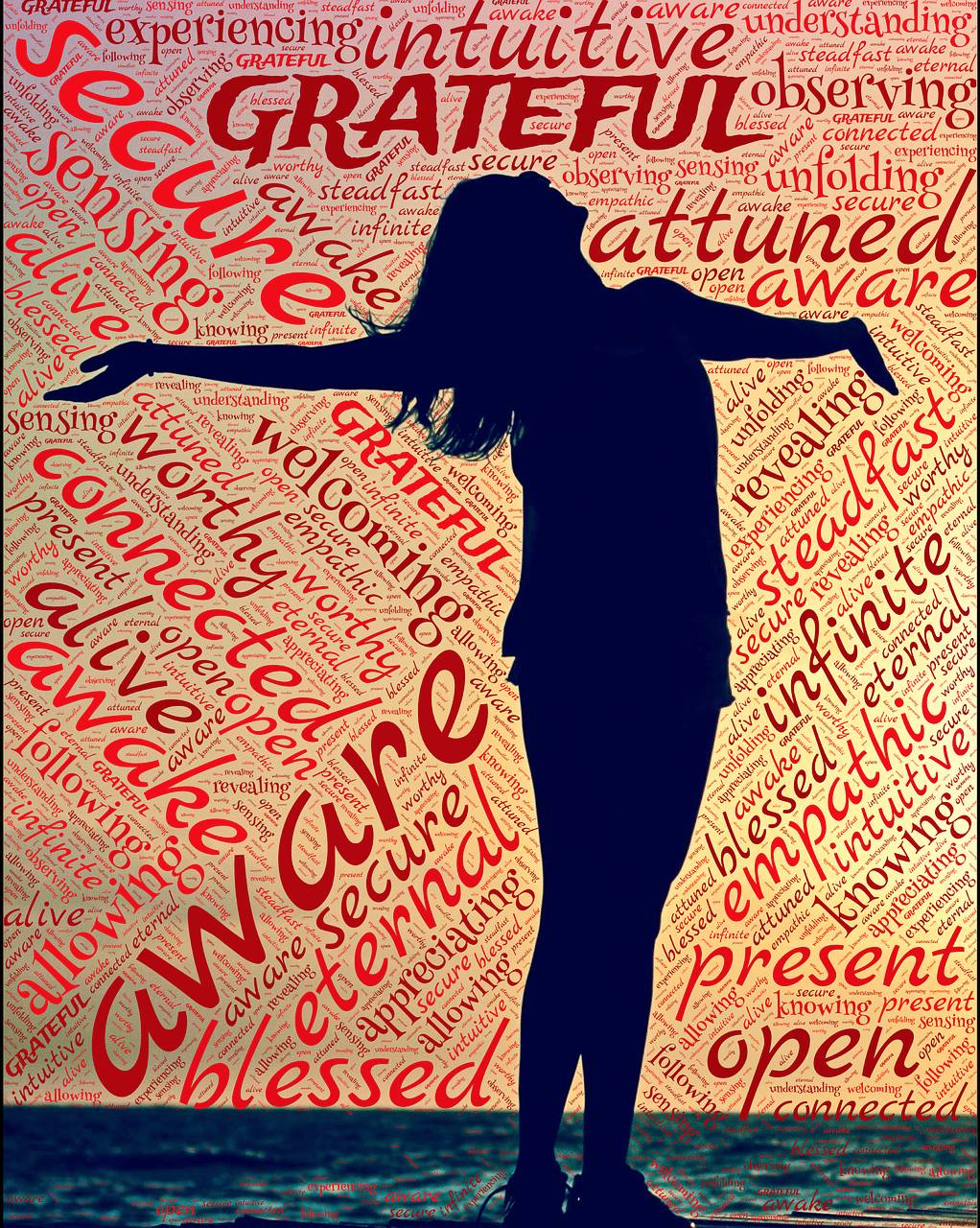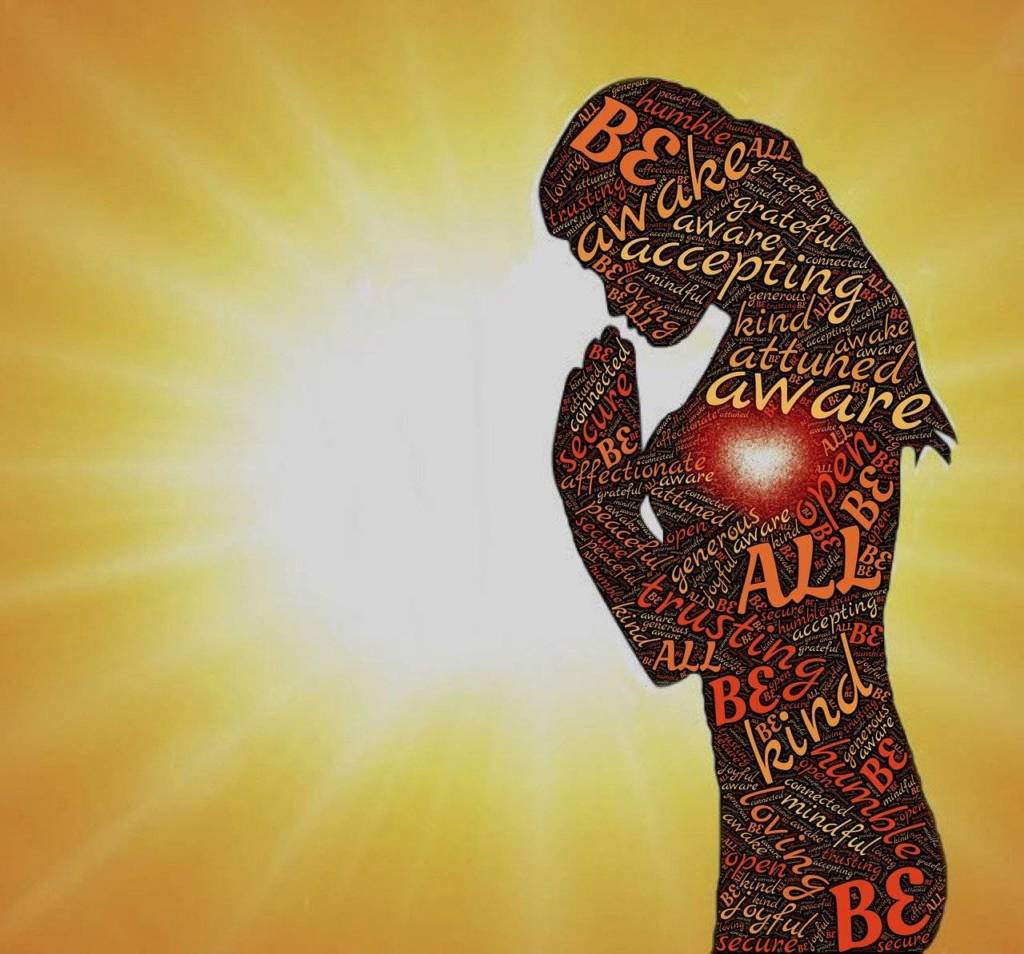The practice of meditation
[dropcap]M[/dropcap]editation is such a powerful tool that anyone can use at any point in their life.
If you want to improve the health of your mind you’ve chosen the right place to start.
If you are a beginner, meditation might seem strange in the beginning.
You can choose to meditate in order to free your mind from stress, anxiety, fear, etc or perhaps you want to become more focused as your life is full of distraction.
When was the last time that you decided to take a break from everything?
When did you last decide to put down your phone, stopped working on your computer and put all distractions around you aside?
When was the last time that you did nothing?
Meditation can truly help you be less distracted and can bring you a great joy in your life.
What is meditation
Meditation is a skill in which you can learn to train your mind so that you can have a calmer mind and a greater sense of ease.
You can choose to meditate by yourself or with others.

What meditation really means is to remove ourselves for a few minutes, pause and train our minds to be more at ease and less distracted.
But what does that mean and how can we achieve that?
In order to train our minds we must change our relationship with our passing thought and feelings. We must learn to view them with a little more perspective, thus naturally we will find our place of calm.
Is it normal during the exercise to forget to focus and become distracted? Of course, but we must come back and continue to be perfectly at ease in both body and mind.
One of the fundamental techniques of managing that place of calm is called “focused attention”. So, when we train our mind it’s very important to focus on something. It could be a phrase, word, visualization, a question. However, the most popular thing to focus on is the breath.
Once we have that certain aspect on which we can focus on, it allows us to always come back to it once our mind has wondered off somewhere. And it’s normal for this to happen at times. So this object, such as the breath, allows us to return to that calm and focused attention.
The actual technique of focusing on the breath evolved from techniques which were created over 3,000 years ago.
In the past 2 decades, scientists have been able to explain what the actual focus on the breathe does physiologically. They have been able to measure what happens to blood pressure, stress levels, heart rate and even the structure of the brain.
It has been proven that meditation reduces stress, pain, depression and frustration, as it increases happiness.
Just by sitting quietly and meditating you can be sure that you are changing your life for the better!
Let’s explore a variety of techniques in meditation that can be used in different situations in your life.
Letting go
Let me ask you something.
Do you have something that you are holding onto at the moment? Something in your life which makes you feel weighed down and heavy as if you have too much baggage?
If yes, it’s time to explore letting go as well as a meditation technique which includes a visualization that can help you feel more at ease in your life.
However, remember that it’s not so easy to let go of what’s going on in your mind. It does take time and consistency. So, don’t get upset if it doesn’t happen as quickly as you thought it would.
Most of the time, our minds are quite busy. It’s similar to a little monkey that jumps around all the time and never really stops or rests. Thus, we often feel tired and overwhelmed.

We tend to miss the sense of rest and relaxation.
Usually, what most of us aim to do is try and think our way out of the problem.
Instead, we should try and find a way to experience peace and learn to relax, but not only physically. We must try to do this internally in order to find relaxation in the mind.
Thus, what we must do is to create an environment in which we can naturally let go.
So, let’s look at an example.
Think of the blue sky as your mind. The blue sky always exists.
Of course, there will be days where there will be lots of clouds (which represent our thoughts) and you may not be able to see the blue sky. There might be long periods in our lives where there are so many clouds that we tend to forget what the blue sky even looks like, but that doesn’t mean that it has stopped to exist.
If we begin to think of the mind in this way, we actually allow the clouds of our thoughts to disappear in order for us to experience more of the blue sky.
There is no need to go anywhere, it’s always present.
So, at first visualization might be difficult, but it’s a pretty simple technique to learn. It doesn’t require a lot of effort.
You can just focus on a place that makes you feel good, that you enjoy. Just remember to focus less on the clarity of the image and more on the feeling that it brings to the meditation, and in time the image will naturally become clearer.
The more we meditate, the more comfortable we become with it. Hence, we not only get the benefits from the meditation, but it carries on and over into the rest of our life.
Here is a guided meditation video from headspace where you can practice the technique of letting go:
Gratitude
As human beings we tend to want to be somewhere else or with someone else and we miss what’s going on in the current moment.
We are so busy thinking about life, dreams, family, work, fear, etc. and we forget to stop and appreciate the preciousness of life.
It’s awesome to feel genuinely grateful and directly experience that feeling of what it means to be alive. This is what we usually take for granted as we are caught up in our everyday life. Always chasing after the future, looking back in the past and not appreciating that our mind at times can be troublesome, but it can be healthy and happy as well.
Let’s explore how through appreciation we can fall in love with life again.
What or who do you appreciate the most in your life at the moment?
At times, it might be something very simple as in getting up in the morning and making your cup of coffee and having that stillness and quiet moment where you can be with your thoughts.

It’s okay to appreciate the little things even though we have bigger ones to be grateful for, as these are opportunities where we can truly be more present to feel a greater sense of gratitude in our life.
So, just remember that there are different ways in which you can appreciate and fall in love with life.
One way is to start with the thinking mind, thus consider aspects in your life that are going well. This might be something which occurs on a daily basis. It might be your physical health. It might be the people around you. It might be the environment or place you live in.
As you can see, there are so many ways that we can find areas of our life which are working very well. However, the tough part is that it doesn’t always connect to the story which we have in our mind.
But we have all experienced a point in our lives where something or someone has touched us in a way that has allowed us to experience that feeling of appreciation. So we must create a space for that.
Start out by sitting up in bed once you wake up and take about 20 to 30 seconds to just appreciate that you have woken up.
When you eat your breakfast take another 20 to 30 seconds and think about where the food has come from and appreciate it.
Also, when spending time with someone instead of having your mind wonder off into your own thoughts, spend time with that person and appreciate them.
As you can see, there are so many ways that you can tap into that feeling of appreciation everyday. As long as we know where these opportunities are and how to look after them, our life will begin to look and feel very differently, instantly.
So, in order to tap into that feeling of appreciation in life, let’s use the technique called “reflection” in a meditation session. It’s an unusual mediation technique, however it is very effective.
Practicing reflective meditation is a way of creating space in the mind where we can choose a topic or a question of contemplation and focus our attention on it.
The intention of the reflective technique is to encourage a quiet, clear space in the mind into which we can then drop a question. But remember, it’s not about trying to answer the question. What we don’t want is to be in our usual everyday thinking where we try to solve the problem. Instead, what we want is to observe what is happening when we drop that question in.
It’s really interesting what comes out into the surface… it may be a thought, a feeling or a physical sensation.
At times, the result might seem related to the question, other times, not at all. For this reason, it’s important to frame the question in the second person and to ask, “What do you think?” rather than “What do I think?”. When doing this, the exercise becomes less conceptual. Thus, our mind becomes more open and naturally curious. What we might do is to either laugh, cry or even both. But remember, it doesn’t matter because there isn’t a right or wrong answer.
This exercise is about learning to listen to the mind, to be interested, to be curious. What’s crucial is to understand that it’s about the journey instead of the destination.
The intention of this meditation is to establish an environment where we touch the emotion instead of just touching the thought, ensuring that we’re actually grateful for life, to the extent that it becomes precious as well as positive while we are alive.
So, why is it crucial that we do feel a sense of gratefulness in our life?
To be grateful isn’t just a great idea. Science contributes to our sense of happiness as well as our overall well-being and how it can actually make us feel different in our life.
To sum up, the results mean that if we can find a way of introducing that greater sense of gratitude at any time in our day, it can undoubtedly boost happiness and help us learn to fall in love with life again.
Over time this exercise allows us to train our mind to remember the feeling in order for it to arise oftentimes. When it does arise it tends to last a bit longer. When we train our mind in this way we can begin to feel more gratitude, not only while we meditate, but in our everyday life.
Just remember, meditation is a practice, hence we must practice it as well as this technique in order to experience it daily.
Here is a video from headspace on reflective meditation. Start practicing now:
Stress and Anxiety
Have you ever felt overwhelmed about being overwhelmed? Have you felt anxious about feeling anxious?
Let’s explore how we can eliminate our stress and anxiety so that we can live a happier and healthier way of life.
Most of us don’t actually realize how much stress comes from our own thinking.
Have you been in a situation where at first you are so excited about something, but in the end you are so frustrated and upset that the outcome wasn’t as you wanted nor expected?
Usually the stress comes from inside. It’s really about the way we approach life. It’s the way we think about the mind and the way we work with the mind.

If we were to begin to change the way we work with the mind by changing our perspective of the feelings and thoughts that emerge in our mind, there is a very big chance that we can change not only the way we feel internally, but the way we show up in life for others as well.
We are human and it’s natural for us to experience stress and anxiety. These feelings aren’t necessarily bad, however we feel them so often and to such an extent that they begin to feel overwhelming, thus this becomes an issue because they unfavorably impact the way we feel in our lives.
We usually run away from these thoughts and feelings as we believe that they are going to hurt us, that they will cause us pain, and will only worsen the feelings of helplessness.
So it’s really central to meditation to be able to see these things in a different way and have a different perspective.
It’s kind of like learning to swim in the ocean. Some days the water is calm, other days it’s full of waves and this might make us feel overwhelmed. However, we must learn to understand that we cannot control these conditions similarly to the way we cannot control the conditions in our mind. But as we spend more time in the water, we begin to understand and know these conditions, and we learn how to be more comfortable with the waves which are similar to the thoughts and feelings in our mind. Hence, we stop feeling overwhelmed. Even during the most difficult situations we are able to maintain our sense of balance and calmness.
Just remember, that we cannot complete wipe away stressful thought or feelings in our life, but we can learn to alter our relationship with them.
So let’s explore a meditation technique called “noting”.
This technique is extremely helpful if you often tend to feel distracted by thoughts, especially the ones of anxiety and stress.
When we are meditating and our mind begins to wonder off, we sometimes do not know how to react. Noting gives us a sense of clarity and confidence, hence, in that moment we stop and recognize the nature of distraction.
When we have noted our distraction it kind of feels as if we have dealt with it, thus making it simple to let go of the distraction, and be able to return to the object of focus (for instance our breath).
When this occurs again, which it is normal to happen, just apply the same approach.
When we start off noting, it becomes tempting to try and capture every feeling and thought. However, this is pointless and it quickly becomes tiring. The only times when we need to note the distraction is when we realize that we have been lost in thought. And even at that moment it’s a very moderate acknowledgement.
To sum up, noting is when we notice that the mind has wondered. We recognize it. We simply note the nature of the distraction. We let it go and simply return to the object of focus.
What’s really important in the noting technique is to really just acknowledge and accept unpleasant feelings rather than try and fight them.
Overall, it’s not just about learning to be present, but about changing the way we relate to our experiences, being less judgemental, changing our perspective, less critical towards ourselves and those around us, and when we do this we automatically will feel less stressed.
Let’s practice noting with this video from headspace:
To sum up, in this first part of “Improve your life instantly with these Meditation Techniques”, we explored the what meditation actually is and three meditation techniques (Letting Go, Reflective Meditation, and Noting). Practicing them regularly will guarantee a positive change to our daily lives.
Stay tuned for Part Two of “Improve your life instantly with these Meditation Techniques” where we will look at judgement and the judging mind, managing pain through meditation, how to deal with anger and ways to achieve your limitless potential, each with its own meditation technique.
[Viktoria Dobreff] [Headspace guide to meditation]

Leave a Reply